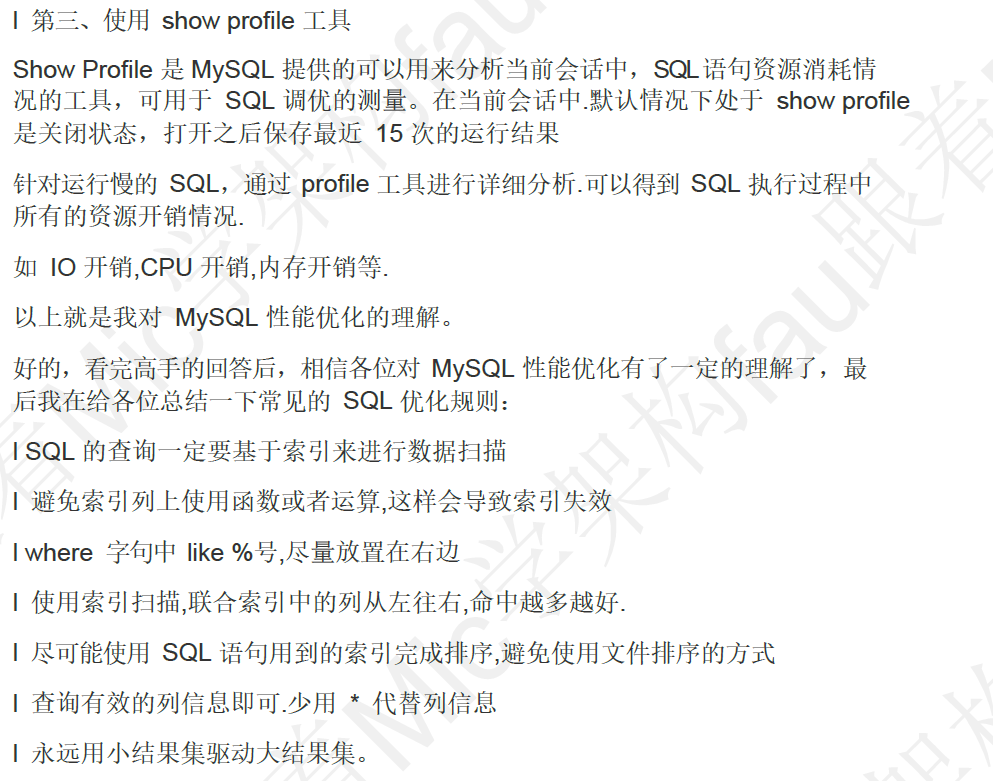😊 @ 作者: 一恍过去
💖 @ 主页: https://blog.csdn.net/zhuocailing3390
🎊 @ 社区: Java技术栈交流
🎉 @ 主题: CountDownLatch实战应用——批量数据多线程协调异步处理(主线程执行事务回滚)
⏱️ @ 创作时间: 2023年11月26日

目录
- 前言
- 1、概述
- 2、实现
- 3、方法说明:
- 4、代码实例
前言
通过CountDownLatch开启多个子线程,由子线程完成数据的处理,最后由主线程进行数据库操作,由主线程进行事务的提交或者回滚;
如果需要由子线程处理完数据,并且由子线程进行事务提交或者回滚,参考:https://lhz1219.blog.csdn.net/article/details/134630509
1、概述
CountDownLatch是一个同步器工具类,用来协调多个线程之间的同步,能够使一个线程在等待另外一些线程完成各自工作之后,再继续执行,不可重置使用。
2、实现
使用一个计数器进行实现,计数器初始值为线程的数量,当每一个线程完成自己任务后,计数器的值就会减一,当计数器的值为0时,在CountDownLatch上等待的线程就可以恢复执行接下来的任务。
3、方法说明:
- public void countDown():递减锁存器的计数,如果计数到达零,则释放所有等待的线程。如果当前计数大于零,则将计数减少.
- public viod await() /boolean await(long timeout,TimeUnit unit) :使当前线程在锁存器倒计数至零之前一直等待,除非线程被中断或超出了指定的等待时间。如果当前计数为零,则此方法立刻返回true值。当线程调用了CountDownLatch对象的该方法后,当前线程会被阻塞,直到下面的情况之一发生才会返回:
- 如果计数到达零,则该方法返回true值。
- 如果当前线程,在进入此方法时已经设置了该线程的中断状态;或者在等待时被中断,则抛出InterruptedException,并且清除当前线程的已中断状态。
- 如果超出了指定的等待时间,则返回值为false。如果该时间小于等于零,则该方法根本不会等待。参数:timeout-要等待的最长时间、unit-timeout 参数的时间单位
4、代码实例
有用到hutool的工具包,pom如下:
<dependency><groupId>cn.hutool</groupId><artifactId>hutool-all</artifactId><version>5.0.7</version></dependency>
Controller:
@RestController
@RequestMapping("/test")
@Slf4j
public class TestController {@Resourceprivate CountDownService countDownService;/*** CountDownLatch实现多线程(多个子线程)异步处理数据,再主线程回归处理** @return*/@ApiOperation(value = "测试CountDownLatch", notes = "测试")@GetMapping("/countDown/handleData")public String countDownHandleData() {countDownService.handleData();return "success";}
Sevice:
@Service
@Slf4j
public class CountDownService {@Resourceprivate TestMapper testMapper;@Resourceprivate ApplicationContext applicationContext;/*** 实现多线程(多个子线程)异步处理数据,再主线程回归处理*/@Transactional(rollbackFor = Exception.class)public void handleData() {List<TestEntity> testList = getData();AtomicBoolean errorTag = new AtomicBoolean(false);long start = System.currentTimeMillis();// 使用多线程对list集合进行分批次处理,实际情况可以根据具体耗时来决定// 比如:一万条数据,每条单独处理需要200ms,按批次一个线程处理200条数据,分为50个批次,实际情况根据业务来定// 需要使用hutool工具类List<List<TestEntity>> splitList = CollUtil.split(testList, 200);// 设置countDown大小CountDownLatch countDownLatch = new CountDownLatch(splitList.size());// 简单创建一个线程池,这里的线程池可以自定义,为了方便直接使用ExecutorService executorService = Executors.newCachedThreadPool();splitList.forEach(list -> {// 线程处理executorService.execute(() -> {try {for (TestEntity entity : list) {if (errorTag.get()) {break;}// 对实体类的业务处理,此处模拟业务处理,耗时50msThreadUtil.sleep(50);// 模拟数据处理中,出现了异常if (entity.getCount().equals(2000)) {throw new RuntimeException("子线程执行异常");}}} catch (Exception e) {log.error("子线程异常:{}", e.getMessage(), e);errorTag.set(true);} finally {// 子线程中,业务处理完成后,利用countDown的特性,计数器减一操作countDownLatch.countDown();}log.info("子线程执行完成");});});executorService.shutdown();try {// 主线程阻塞countDownLatch.await();// 可以设置最大阻塞时间,防止线程一直挂起/* boolean await = countDownLatch.await(5, TimeUnit.SECONDS);if (!await) {// 超过时间子线程都还没有结束,直接都回滚errorTag.set(true);}*/// 模拟执行主线程业务逻辑,比如insert、update等ThreadUtil.sleep(20);} catch (Exception e) {errorTag.set(true);}long end = System.currentTimeMillis();log.info("数据处理完成,耗时:{}", (end - start) / 1000);// 如果出现异常if (errorTag.get()) {throw new RuntimeException("异步业务执行出现异常");}log.info("主线程执行完成");}/*** 模拟解析的excel等文件的数据*/private List<TestEntity> getData() {List<TestEntity> list = new ArrayList<>();// 此处模拟一万条数据for (int i = 1; i <= 10000; i++) {TestEntity entity = new TestEntity();entity.setId(new Random().nextInt(999999999));entity.setCount(i);entity.setCommodityCode("code-" + i);entity.setMoney(new Random().nextInt(1000000));entity.setUserId("user-" + i);list.add(entity);}return list;}
}

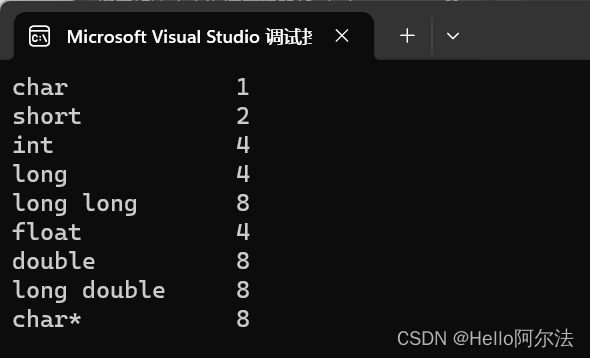


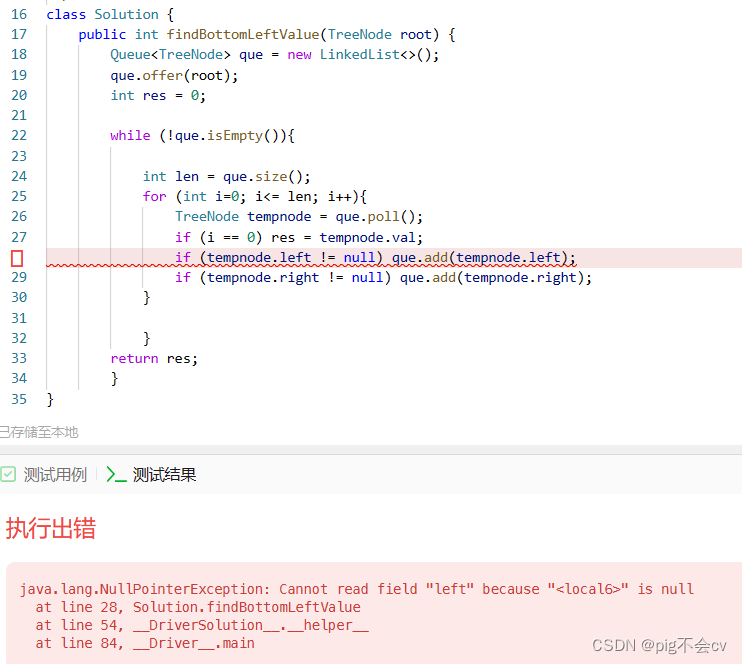
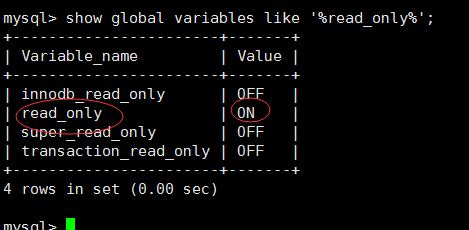

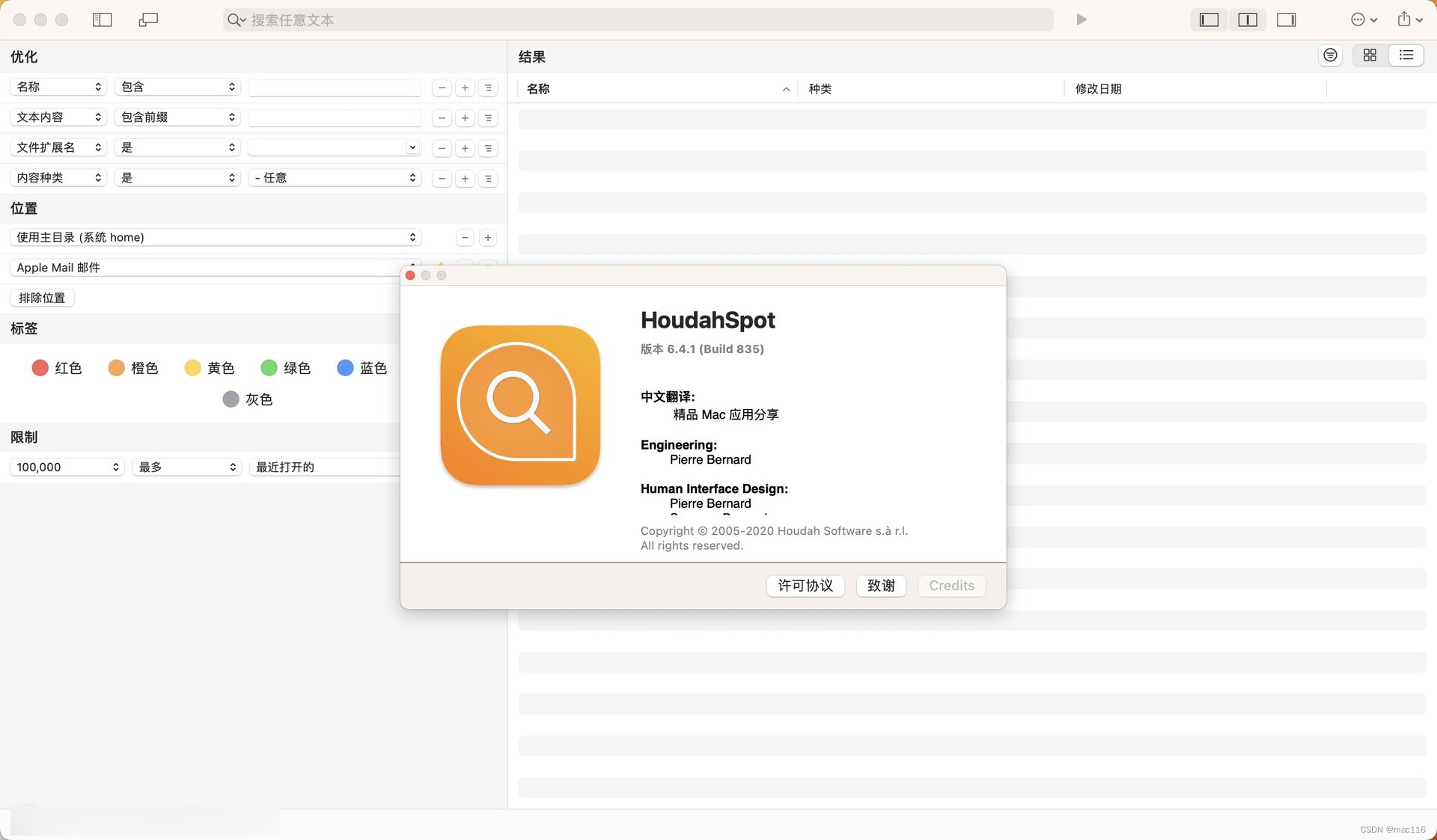
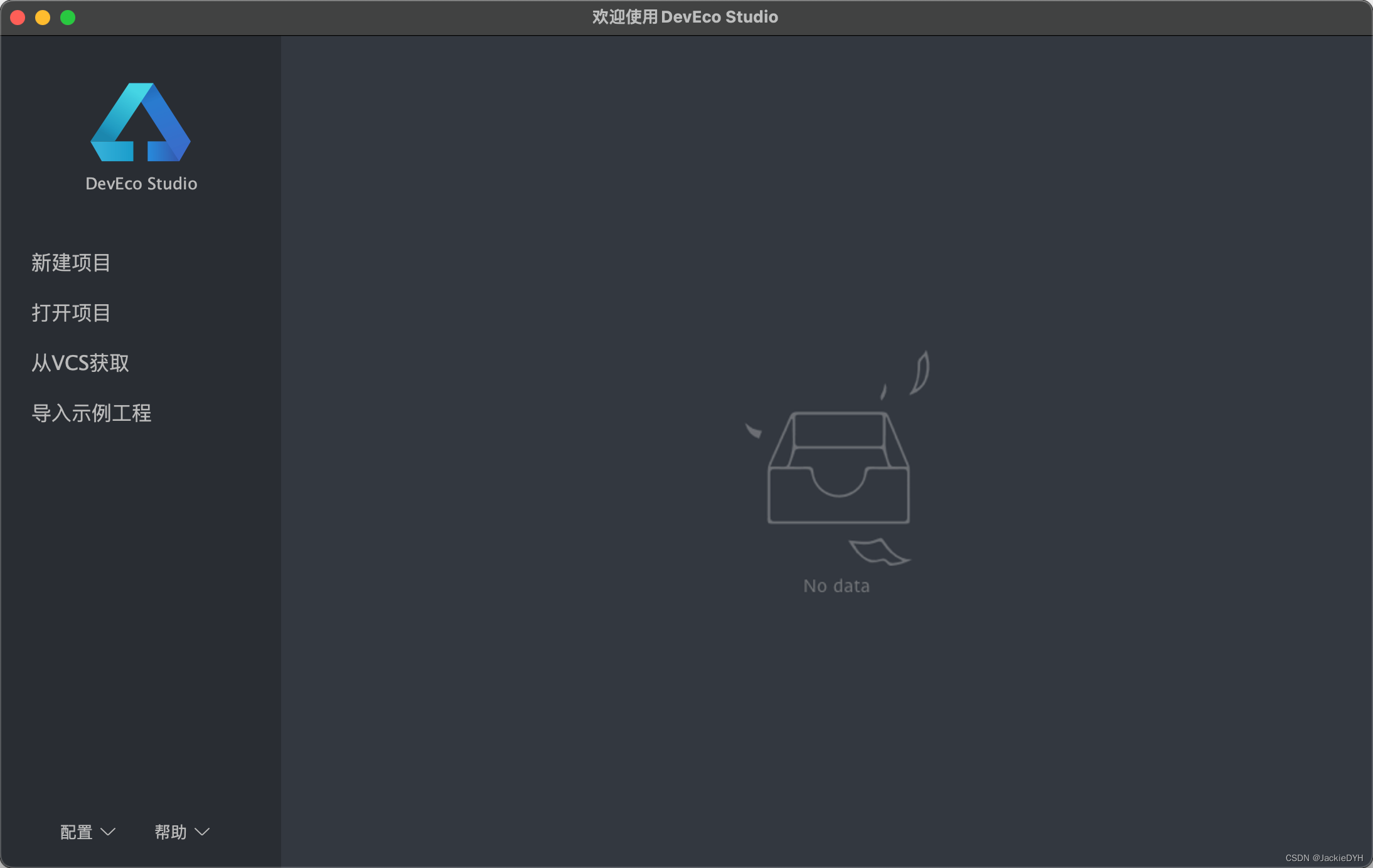
![[C/C++]数据结构 堆的详解](https://img-blog.csdnimg.cn/efd909d783244baa9ae1a031017580fe.jpeg)
